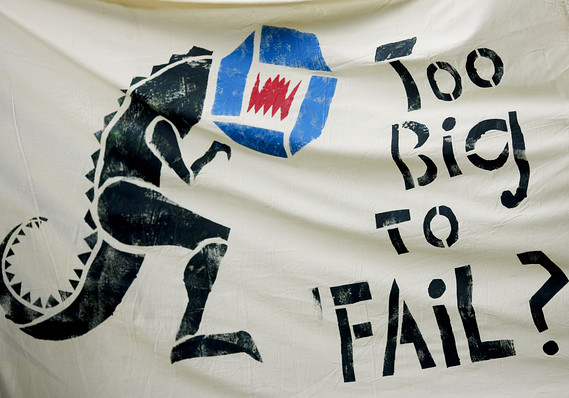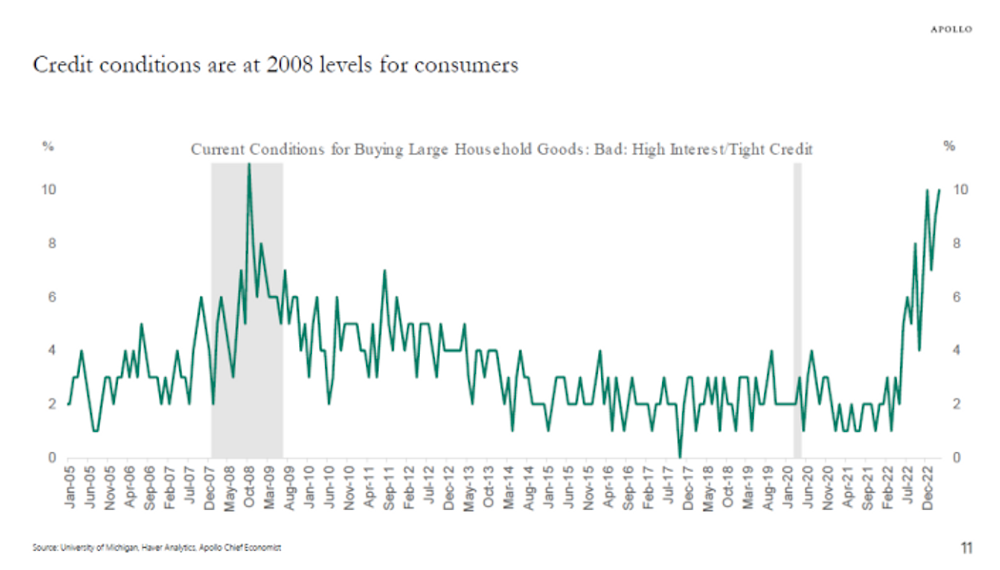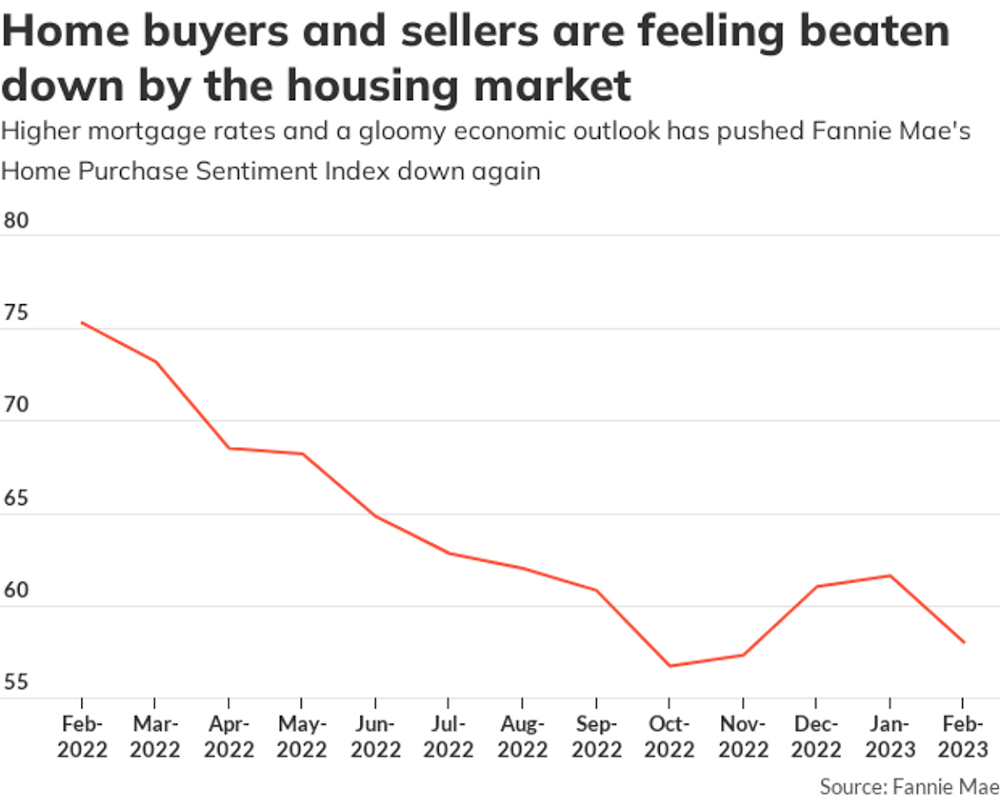
The Wall Street Journal
As Home loans sour at a rapid clip, mortgage finance giants Fannie Mae and Freddie Mac are aggressively bouncing back defectively underwritten loans to lenders. The result: higher loan-loss reserves for the lenders and new headwind for banks trying to escape the housing downturn.
For lenders such as Wells Fargo & Co., Bank of America Corp., J.P. Morgan Chase & Co. and Citigroup Inc., which are among the largest sellers of mortgages to Fannie and Freddie, this could mean buying back souring loans at a loss.
Banks are already on the hook for mortgages residing on their books. But Fannie and Freddie are seeking to hold them accountable as well for what they say are improperly underwritten mortgages sold to them in the past.
Through Sept. 30, Freddie Mac put back about $2.7 billion of single-family mortgages to lenders, more than double the $1.2 billion of a year earlier. Freddie Mac and Fannie Mae don't lend directly to consumers but buy or guarantee home mortgages from lenders.
In 2008, Fannie Mae bounced back roughly a quarter of the loans on 94,652 real-estate owned properties, or REOs, properties that have been reclaimed by Fannie after foreclosure. Through Sept. 30, Fannie Mae REO properties totaled 98,428. Many of these loans are plain-vanilla prime 30-year fixed-rate mortgages, underscoring the challenges facing even the most creditworthy borrowers in the economic slump. "We expect the amount of our outstanding repurchase and reimbursement requests to remain high in 2009 and into 2010," Fannie said in its third-quarter filing.
Lenders are also pushing back and refusing some repurchase requests. Moreover, lenders don't have strict disclosure rules for these mortgage buybacks or the reserves to pay for them. So it is difficult for shareholders to estimate the potential exposure of a company.
For lenders such as Wells Fargo & Co., Bank of America Corp., J.P. Morgan Chase & Co. and Citigroup Inc., which are among the largest sellers of mortgages to Fannie and Freddie, this could mean buying back souring loans at a loss.
Banks are already on the hook for mortgages residing on their books. But Fannie and Freddie are seeking to hold them accountable as well for what they say are improperly underwritten mortgages sold to them in the past.
Through Sept. 30, Freddie Mac put back about $2.7 billion of single-family mortgages to lenders, more than double the $1.2 billion of a year earlier. Freddie Mac and Fannie Mae don't lend directly to consumers but buy or guarantee home mortgages from lenders.
In 2008, Fannie Mae bounced back roughly a quarter of the loans on 94,652 real-estate owned properties, or REOs, properties that have been reclaimed by Fannie after foreclosure. Through Sept. 30, Fannie Mae REO properties totaled 98,428. Many of these loans are plain-vanilla prime 30-year fixed-rate mortgages, underscoring the challenges facing even the most creditworthy borrowers in the economic slump. "We expect the amount of our outstanding repurchase and reimbursement requests to remain high in 2009 and into 2010," Fannie said in its third-quarter filing.
Lenders are also pushing back and refusing some repurchase requests. Moreover, lenders don't have strict disclosure rules for these mortgage buybacks or the reserves to pay for them. So it is difficult for shareholders to estimate the potential exposure of a company.
"There's no question, billions of dollars are at stake," said Guy Cecala, publisher of Inside Mortgage Finance, a trade publication.
In most cases, investors holding these loans can force the lender to take the mortgages back, and recover the unpaid principal on them, if they were underwritten improperly. For instance, lenders would have to buy back loans from investors if borrowers lied about their income or misstated that the property is their primary residence. Other reasons a loan may be put back: a fraudulent home appraisal or inadequate documentation.
"We're always looking to reduce potential losses and this is one of the ways we can," said Michael Cosgrove, a spokesman for Freddie Mac. "We have very extensive guidelines and we're taking a hard look at loans purchased by Freddie to see whether they were followed."
As of the third quarter, three million loans were seriously delinquent or at foreclosure, according to Inside Mortgage Finance. Assuming an average loan size of $250,000, that's a $750 billion universe of loans to sift through for discrepancies in underwriting.
Putting back mortgages asserts "accountability," said Maria Brewster, director of the Centralized Repurchase Team at Fannie Mae, who oversees loan repurchase requests. "If a lender made a business decision to allow poorly underwritten or ineligible loans in, or did not put enough quality controls to catch them, Fannie, or in this case the taxpayer, shouldn't have to pay for that." Fannie and Freddie are controlled by the U.S. government, which has bailed them out to the tune of $110 billion.
Wells Fargo said in the third quarter it squirreled away an additional $146 million for its repurchase reserve "due to higher defaults, anticipated higher repurchase demands and overall deterioration in the market." But it doesn't spell out the actual size of the reserve.
Bank of America revealed in the third quarter that it bought back, through Sept. 30, $922 million of mortgages tied to faulty underwriting. It also doesn't break down the size of its repurchase reserve.
J.P. Morgan, as of the third quarter, had $1.1 billion set aside to meet repurchase claims from investors, including Fannie and Freddie, because of problematic underwriting. The repurchase reserve "won't run at that high level," said Michael Cavanagh, J.P. Morgan's chief financial officer, in October during the quarterly earnings conference call, but "looking ahead it will still be something though."
Officials at Bank of America, J.P. Morgan, Wells Fargo and Citigroup declined to comment beyond the regulatory filings.
Inadequate mortgage repurchase reserves spelled the end for lender New Century Financial in 2007. At the time, its under-reserving allowed the lender to overstate its financial reports.
In most cases, investors holding these loans can force the lender to take the mortgages back, and recover the unpaid principal on them, if they were underwritten improperly. For instance, lenders would have to buy back loans from investors if borrowers lied about their income or misstated that the property is their primary residence. Other reasons a loan may be put back: a fraudulent home appraisal or inadequate documentation.
"We're always looking to reduce potential losses and this is one of the ways we can," said Michael Cosgrove, a spokesman for Freddie Mac. "We have very extensive guidelines and we're taking a hard look at loans purchased by Freddie to see whether they were followed."
As of the third quarter, three million loans were seriously delinquent or at foreclosure, according to Inside Mortgage Finance. Assuming an average loan size of $250,000, that's a $750 billion universe of loans to sift through for discrepancies in underwriting.
Putting back mortgages asserts "accountability," said Maria Brewster, director of the Centralized Repurchase Team at Fannie Mae, who oversees loan repurchase requests. "If a lender made a business decision to allow poorly underwritten or ineligible loans in, or did not put enough quality controls to catch them, Fannie, or in this case the taxpayer, shouldn't have to pay for that." Fannie and Freddie are controlled by the U.S. government, which has bailed them out to the tune of $110 billion.
Wells Fargo said in the third quarter it squirreled away an additional $146 million for its repurchase reserve "due to higher defaults, anticipated higher repurchase demands and overall deterioration in the market." But it doesn't spell out the actual size of the reserve.
Bank of America revealed in the third quarter that it bought back, through Sept. 30, $922 million of mortgages tied to faulty underwriting. It also doesn't break down the size of its repurchase reserve.
J.P. Morgan, as of the third quarter, had $1.1 billion set aside to meet repurchase claims from investors, including Fannie and Freddie, because of problematic underwriting. The repurchase reserve "won't run at that high level," said Michael Cavanagh, J.P. Morgan's chief financial officer, in October during the quarterly earnings conference call, but "looking ahead it will still be something though."
Officials at Bank of America, J.P. Morgan, Wells Fargo and Citigroup declined to comment beyond the regulatory filings.
Inadequate mortgage repurchase reserves spelled the end for lender New Century Financial in 2007. At the time, its under-reserving allowed the lender to overstate its financial reports.



















No hay comentarios:
Publicar un comentario